TABLE OF CONTENTS
We often get questions like –
‘What’s the best motherboard brand?’
‘What brand of motherboard should I prefer?’
Unfortunately, there’s no simple answer. Every motherboard lineup has good and bad products.
Of course, some might not be bad motherboards when considered in a vacuum, but when pitted against other options in that price range, they might start to look like terrible value.
Now, coming to the best brand of motherboards in the market. There really isn’t one.
I know, I know – hear me out.
Although there isn’t one, there are 4 major motherboard brands that have excellent global availability and reputation –
A few more brands like BIOSTAR, Supermicro, and EVGA do exist, but their offerings are generally limited both from a choice and global availability POV.
If a new entrant does make a splash globally, we’ll update this list for sure.
So before deciding what Motherboard to buy and where to buy your PC-Parts, let’s take a closer look at what factors can affect Motherboard Brand preference:
Factors That Can Affect Motherboard Brand Preference
While a major brand might offer incredible value products when it’s launching one series of boards this year, the same brand might deliver insanely overpriced/terrible products the very next year.
I always recommend not making the motherboard brand a factor at all when picking a motherboard for your PC.
That said, there are a few valid reasons that can cause you to lean towards one brand over the other.
For example:
- the BIOS experience/interface
- BIOS update frequency
- RGB software
- stable BIOS releases
- warranty/RMA experience
Warranty Claims/RMA Experience
I know several PC builders who went through an ordeal when trying to return their motherboard under warranty while others enjoyed a smooth ride.
The kicker? They were all dealing with the same brand.
In the EU and UK, strong consumer laws ensure that the responsibility of honoring a warranty resides with the business that SOLD you your product.
Not the manufacturer.
So, if you’re a resident of EU/UK, you can safely ignore this factor and focus on buying from a retailer that you trust.
They’ll be the ones handling any warranty claims.
However, the rest of the world isn’t as lucky. If you’re buying a motherboard in regions that don’t have such laws to protect consumers, you have no choice but to deal with your manufacturer directly.
The warranty experience for different brands varies drastically by region as these requests are usually handled by local/country-wide third-party service providers that have contracts with the brand in question.
Make sure you investigate how the warranty process works for each major motherboard brand before you pull the trigger on a purchase.
BIOS Experience
Most modern motherboards like the AMD Ryzen X570 Motherboards should have a relatively easy-to-follow BIOS interface.
However, if you’re accustomed to a certain brand’s BIOS, it’s a good idea to stick with it so you won’t need to waste time if you ever have to troubleshoot an issue or tweak a setting.
That said, please don’t let BIOS preference coax you into buying a not-so-ideal motherboard for your use-case.
It should only be a consideration if you’re forced to choose between similar motherboards at around the same price point.
I also don’t advocate spending more because of a BIOS preference as, for workstation use, you’ll most likely be using the BIOS at most 2-3 times a year.
BIOS Update Frequency
Although BIOS interface is something you can easily work around, manufacturers that might abandon even their flagship products as soon as a year later might pose some issues in the future.
Especially if you’re relying on your motherboard to upgrade to a newer generation of CPUs that will be supported with a BIOS update.
An effective way to check is by looking at the lower-mid end of the motherboard product stack.
As an example, let’s take a quick look at Gigabyte’s B450 Aorus Elite, ASUS’ TUF B450-Plus Gaming, and MSI’s B450 Tomahawk MAX BIOS Updates, shall we?
- Gigabyte’s B450 Aorus Elite: Last updated: 2 weeks ago, v1.2.0.0
- ASUS’ TUF B450-Plus Gaming. Last updated 1 week ago, v1.2.0.1
- MSI’s B450 Tomahawk MAX: Last updated 7 weeks ago, v1.2.0.0
(At time of writing this article – 2021-03-31)
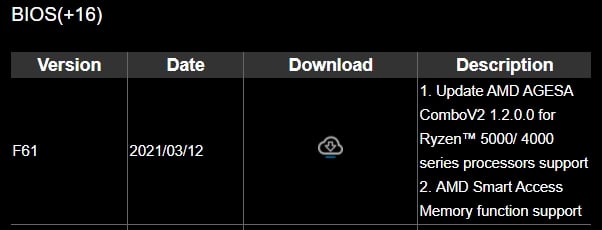
Image-Source: Gigabyte Support Page for Aorus b450 Elite
Although a few brands do release Beta BIOS releases, I don’t recommend their use on a workstation because stability is far too important.
All these motherboards were priced similarly when they released, but their BIOS update frequencies are clearly very different.
While ASUS is already pushing out an updated BIOS with AGESA 1.2.0.1 in March 2021, Gigabyte and MSI are lagging at AGESA 1.2.0.0.
That’s not all. Take a closer look at the dates here. Gigabyte only updated to AGESA 1.2.0.0 in March 2021! On the other hand, MSI and ASUS both pushed updates in February 2021.
If you’re wondering why this matters, I invite you to take a quick look at the USB disconnection issues users reported with AMD processors.
A fix for issues such as that one is often released by the CPU manufacturer, but the onus is on motherboard manufacturers to issue prompt BIOS updates for their motherboards.
When you’re deciding on a motherboard brand, make sure you go back at least a couple of generations and check whether those boards still receive timely updates. Brands can speed up or slow down at any time, so it’s important to check when making a purchase.
RGB Software
Before we go over this part, let me make it very clear – no major motherboard manufacturer makes decent software.
They’re all very horrible and unintuitive to use, in my opinion.
However, in the land of the blind, the one-eyed man is king. And that king, is ASUS.
If you’re going to be using a lot of lighting, I would pay attention to the software you’ll have to deal with to get it working the way you want.
Of course, when you add in other hardware peripherals and their respective RGB software into the mix, there’s really no way of telling what’s going to happen.
Here’s a list of all RGB software by brand:
- ASUS Aura Sync (Now bundled with ASUS Armoury Crate for ROG motherboards)
- ASRock Polychrome Sync
- Gigabyte RGB Fusion
- MSI Mystic Light Sync (Now bundled with MSI Dragon Center)
I’ve (unfortunately) had the displeasure of using all these RGB software. From my personal experience, only ASUS worked the way I needed it to without going nuts. It was far from a pleasant experience, but it worked the way I wanted it to.
The others did work, but it needed a lot of tinkering and reinstalls to get them going.
Gigabyte’s RGB Fusion definitely stands out as the one app that I couldn’t actually USE with my B350 motherboard. Running the RGB Fusion application for my Gigabyte motherboard instantly sent my system into a blue screen every single time.
I tried BIOS updates, reinstalls, etc. No luck. After a while, I gave up trying to set lighting and left it on default.
Note – I haven’t used Gigabyte’s RGB Fusion after the B350 era, so things hopefully aren’t as bad now. But I can’t say for sure.
When you’re building a PC, there’s already a near-limitless number of combinations you can pick. Add peripherals into the picture, and you increase that number exponentially.
This is why the RGB software experience can vary so wildly between users. It’s also why motherboard manufacturers have a challenging time addressing all issues.
Flashing BIOS Without a CPU
The ability to flash your BIOS without a CPU installed is critical when a motherboard supports more than a single generation of processors.
AMD’s AM4 socket has lasted years now, and this feature is almost a necessity at this point when buying an AMD motherboard.
However, there’s a problem.
Board manufacturers pick weird or very similar names to advertise this useful feature and it confuses the hell out of everyone. Don’t you just hate marketing at times?
Since we’re talking about motherboard brands, I thought it’d be an apt place to list the feature names that indicate CPU-less BIOS updates –
ASRock: ’BIOS Flashback’
- Not to be confused with Instant Flash
ASUS: ‘BIOS Flashback’
- Not to be confused with ASUS Crash Free BIOS
Gigabyte: ‘Q-Flash PLUS’
- There’s a special place in hell for Gigabyte for this one – please don’t confuse the CPU-less BIOS update feature with what they call just ‘Q-Flash.’ The ‘PLUS’ is important.
MSI: ‘Flash BIOS’
- Can’t be confused with anything else because no other BIOS-related feature is advertised on its motherboard specification pages. Thank you, MSI.
Best Motherboard Brands (In Alphabetical Order)
Now that we’ve established what factors do affect motherboard brand choice, let’s go over the brands themselves, shall we?
Please keep in mind that this list is NOT a ranking and the brands are simply listed in alphabetical order.
ASRock
Although ASRock isn’t as big a brand (when it comes to product categories) as some others on this list, they have an excellent track record of producing top-notch motherboards.
The company was founded in 2002 and has been putting out great products ever since.
However, it’s the famous ‘Taichi’ name that people admire within the ASRock stable.
A Taichi motherboard (regardless of whether it’s for Intel or AMD) almost invariably takes the crown when it comes to delivering the most features at a reasonable price, or in other words, incredible value.
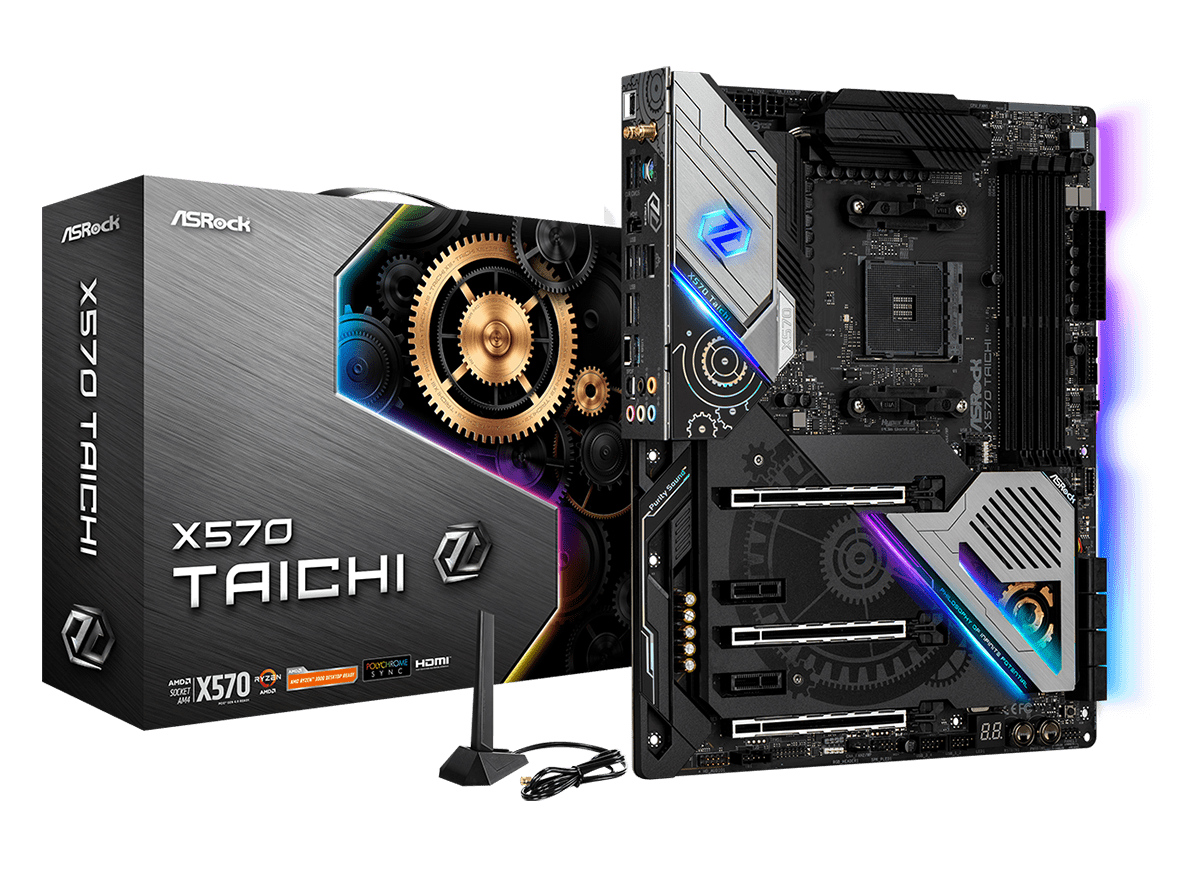
Image-Source: Asrock
The products further down the product stack for some product lineups have had ‘issues’ in the past (ASRock Z490, I’m looking at you).
Some ASRock motherboard lineups are awful compared to the competition when looking at anything other than the Taichi, while the next ASRock release goes on to out-compete everyone across the board.
Pick a lane, ASRock.
Polychrome Sync is ASRock’s RGB control software and my experience with it has been pretty okay.
It doesn’t try to be too fancy and gets the basics right.
ASUS
ASUS is one of the most well-known brands in the world. Not just motherboards, they’re a respected competitor in markets like laptops, smartphones, and peripherals among so many other things.
The ROG or Republic of Gamers branding certainly carried some serious weight for many years after ASUS launched it well over a decade ago in 2006.
The products cost more, but no other manufacturer could really compete with the quality on offer, so it seemed reasonable that ASUS would charge more.
Lately, though, the price premium doesn’t really seem worth it. In fact, most people now refer to it as the ‘ASUS tax’ on products. It’s not just motherboards. It extends to all their products.
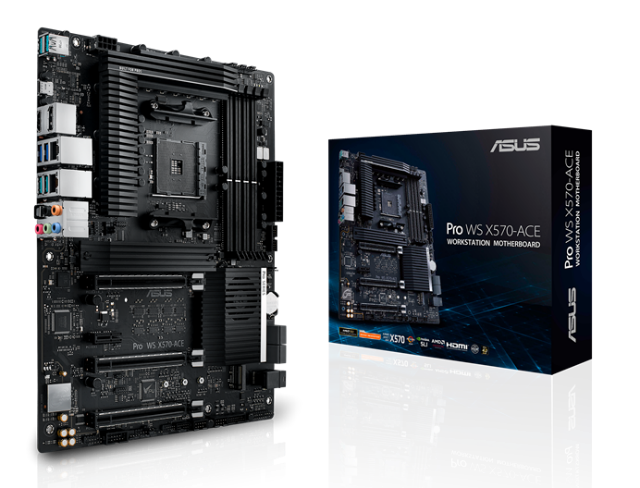
Image-Source: ASUS
That said, ASUS still releases excellent quality motherboards at the higher end of the stack.
ASUS workstation offerings like their WS Pro ACE and SAGE lines have always been highly recommended by CGDirector.
But when you start looking for good mid-range value within an ASUS product line is when you usually run into trouble.
At almost every mid-range and budget price point, there’s bound to be a better option from one of the other motherboard brands. Terrific value releases like the ASUS X570 TUF Gaming have been a rare find.
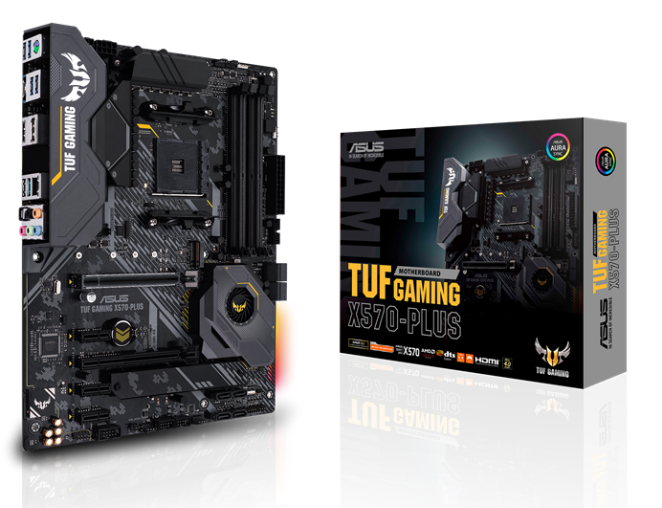
Image-Source: Asus
If you’re buying ASUS, I recommend shopping at the higher end of any motherboard product stack.
Otherwise, you’re most likely better off with another brand. Of course, this is an oversimplified generalization that can change with the very next release. Keep checking.
If decent RGB control is an important aspect of your motherboard purchase, I’d recommend leaning towards ASUS as much as possible.
Gigabyte
Established back in 1986, Gigabyte is one of the oldest brands on this list. From motherboards, they’ve gone on to manufacture and sell monitors, power supplies, peripherals, and so on.
Ever since Gigabyte launched their premium gaming brand, Aorus, we’ve seen a clear segmentation between their workstation and gaming products.
The Vision D (formerly Designare) series always brings excellent professional-level features like Thunderbolt to even mainstream consumer platforms.
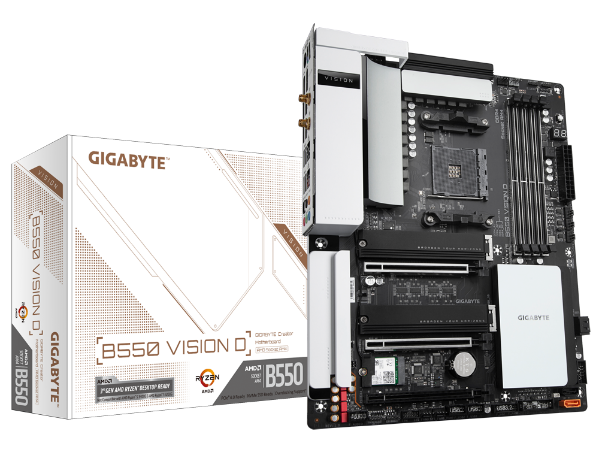
Image-Source: Gigabyte
While the Vision series rarely disappoints, the Aorus lineup has had its fair share of misses.
Whether it’s a sub-par VRM compared to other options at the same price or missing key features, problems usually do exist somewhere in the Aorus lineup.
That said, Aorus branding also houses the most premium motherboards on the market with the Aorus Extreme series. However, these motherboards are extremely overbuilt, and professionals usually wouldn’t gain too much by spending that kind of cash.
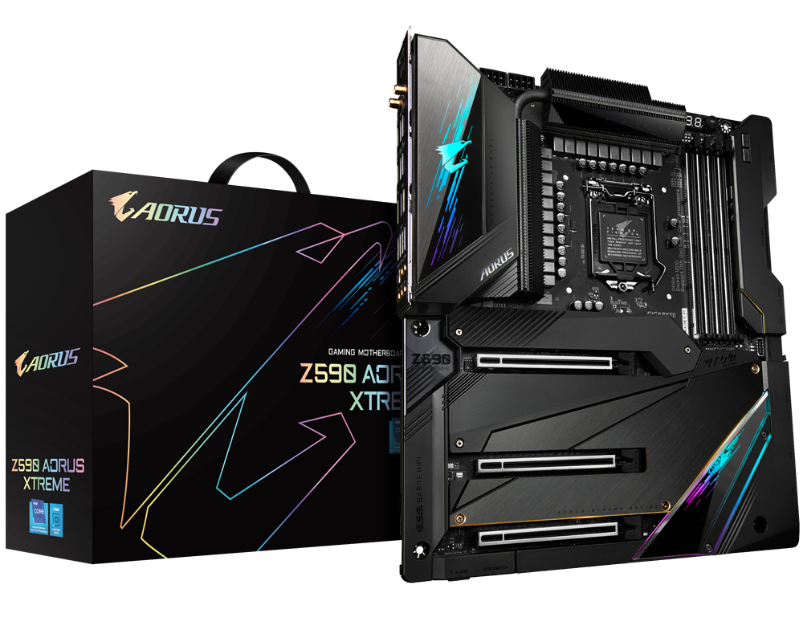
Image-Source: Gigabyte
Another issue with Gigabyte is its habit of adding a frustrating dual BIOS implementation on some of their motherboards that will have you ripping your hair up by its roots.
The DualBIOS comes in two flavors.
- One with a physical switch to control what BIOS chip you’re using (Great)
- One without a switch that attempts to automate the task of picking the right BIOS chip at boot (Terrible)

Dual UEFI Bios Recovery
DualBIOS functionality that also has a physical switch on the motherboard, which leaves you in control is VERY useful. However, on some boards Gigabyte decides (for some bizarre reason) to go with automated DualBIOS – leaving it to switch automatically when there’s an ‘issue.’
It’s torture if you’re doing things like dialing in memory timings or troubleshooting a RAM problem that may have you restarting your PC more than once. You’ll end up on the wrong (usually older) BIOS and wonder what happened.
If a Gigabyte motherboard specifications page mentions ‘DualBIOS,’ make sure a physical button accompanies it on the board so you’re in charge.
MSI
Along with Gigabyte, MSI is the oldest brand among the top motherboard brands in the world and was founded in 1986 as well.
When it comes to motherboards, MSI usually has ‘decent’ products. They did have a full-scale debacle of a launch when they revealed their X570 lineup for AMD Ryzen processors.
However, they did fix the issue quickly by releasing what’s our most-recommended motherboard for professionals now – the Unify.
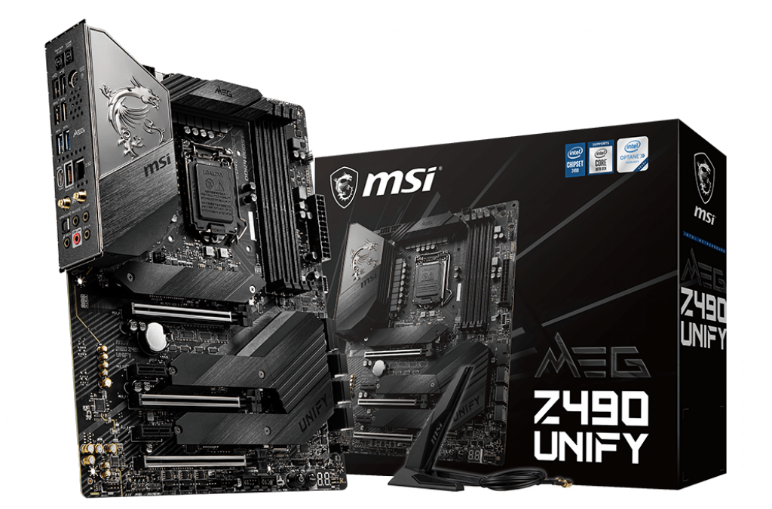
Image-Source: MSI
Ever since we’ve seen the Unify, it’s resonated with us. It focuses on getting all the basics of a motherboard just right. What’s more, it doesn’t sacrifice key features so you can have fancy RGB. Even today, the Unify is a very safe choice for a motherboard purchase.

Image-Source: MSI
Even budget options from MSI have really upped the ante these past couple of releases. If you’re shopping in the budget motherboard segment of any chipset, leaning towards MSI is safer these days.
However, MSI does lag behind ASUS and Gigabyte when it comes to workstation-class products and features.
If you’re building a system for specialized workloads like GPU rendering on a consumer platform, I’d recommend staying away from MSI.
That’s about it from me, what Motherboard Brand do you prefer? Let us know in the comments or in our forum!
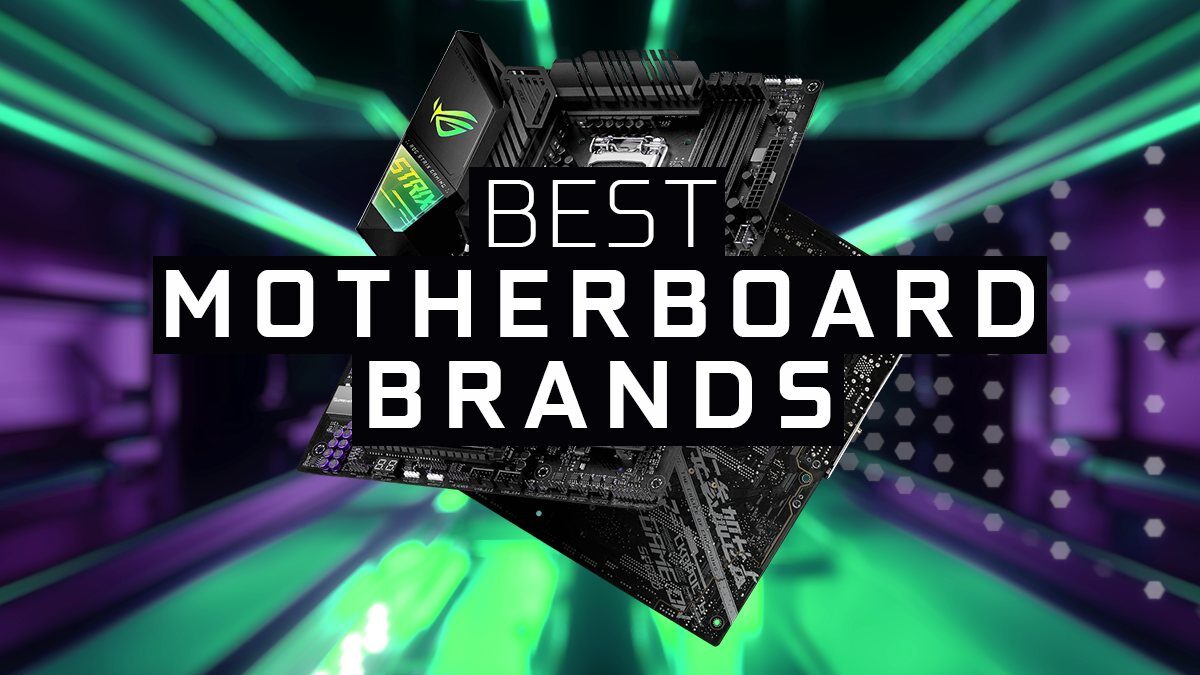
![Where Do You Connect PC Fan PWM Cables To? [Beginner’s Guide] Where Do You Connect PC Fan PWM Cables To? [Beginner’s Guide]](https://www.cgdirector.com/wp-content/uploads/media/2023/12/Where-Do-PWM-Cables-Go-Beginners-Guide-Twitter-1-594x335.jpg)
![How To Connect Front Panel Cables To Your Motherboard [Guide] How To Connect Front Panel Cables To Your Motherboard [Guide]](https://www.cgdirector.com/wp-content/uploads/media/2024/01/How-To-Connect-Front-Panel-Cables-To-Your-Motherboard-Twitter-copy-1-594x335.jpg)
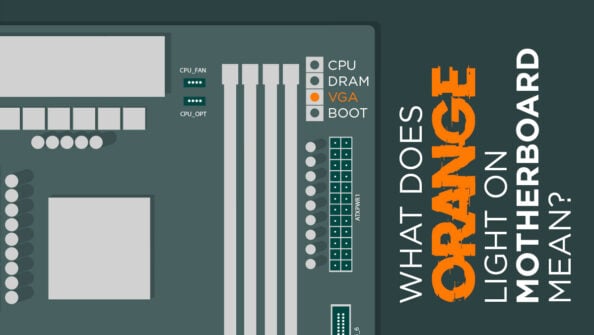
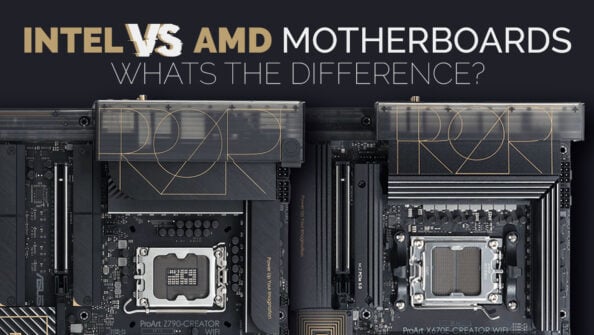

10 Comments
11 May, 2022
I had a terrible time with Gigbyte support. It took forever for me to get my replacement…I would recommend staying away for workstation use…so many client projects stuck while they kept rotating me around for over 2 months.
11 May, 2022
Hi Jerry and thanks for this article. I recently had to deal with Asus customer support and it was one of the most painful “customer service” event I’ve ever experienced. I’ve been a fan-boy of Asus products for over 25 years. They do make good motherboards but if you encounter issues it’s not a very fun experience. In those 4 big companies, which one of them you would say has the best customer service experience? Because I will base my next purchase based on that.
12 May, 2022
Hey Serge,
That’s kind of the issue. Every one of these manufacturers relies on a series of local firms and contractors to handle operations in different regions. One region’s experience might be in stark contrast to another even within the same brand. It’s just one of those things where you end up having to roll the die on customer support. Btw, are you in the EU?
Cheers!
Jerry
14 May, 2022
Hi, I’ from Canada but I’m referring to their customer technical support on their website. I think this support is global but I might be wrong.
10 May, 2022
Gigabyte is so bad when it comes to software within the motherboard, very very limited. But atleast they’re reliable and last long. Also updating gigabyte bios is not a good idea. When it works just dont update it. In my cause it ruined microphone quality when i updated to latest, i thought the my mobo was bad, i did the same with my friend’s mobo and voila, suffer same case. lucky we can downgrade it again so we can a good decent microphone quality. Just dont update when it works fine, gigabytes hates customs
10 May, 2022
Hey Brittany,
Unfortunately yes. I’ve seen a number of complaints about GB’s software side of things. It’s a shame, really. They make really good boards.
As for BIOS updates, the rule of thumb (for any manufacturer) is – don’t update unless there’s an issue you hope to fix or you need an updated bios for compatibility with new hardware.
If your PC works fine, let it be and don’t update.
Cheers!
Jerry
16 April, 2022
I’m sorry but gigabyte is trash, they don’t honor RMA’s and they’re always a year or more behind on implementing new features. They were the victim of a ransom ware attak and they just shut down the affected servers and went on about their business screwing all those customers.
10 May, 2022
Hey Brian,
Unfortunately all of those things are true. As I said in another comment – it’s such a shame because hardware-wise their boards are usually top-notch and good value.
Cheers!
Jerry
10 September, 2021
My Gigabyte RGB fusion isn’t working 🙁 The app crashes as soon as I launch. Their support couldn’t help more than the usual update drivers schtick. Tried that already and didn’t work. Any idea what I can do?
I downloaded the RGB fusion from my motherboard page and the main google page too (https://www.gigabyte.com/MicroSite/512/rgb2.html) with no luck. My costly workstation looks like it’s shitting rainbows. Please help!!
10 September, 2021
Hey Grace,
Well, RGB software can be a headache. I’ve run into Blue Screens when trying to run mine too.
There’s really no solution except trying this:
Unplug everything RGB-related from your system.
(Unfortunate if you have RGB RAM. If you have a non-RGB module that you can use for testing, great, use that instead).
Remove RGB Fusion and install it again.
Try running it.
If this works, then try adding devices back one by one separated by a system restart each time.
Cheers!
Jerry
PS. If you haven’t tried updating your BIOS yet, do that too.